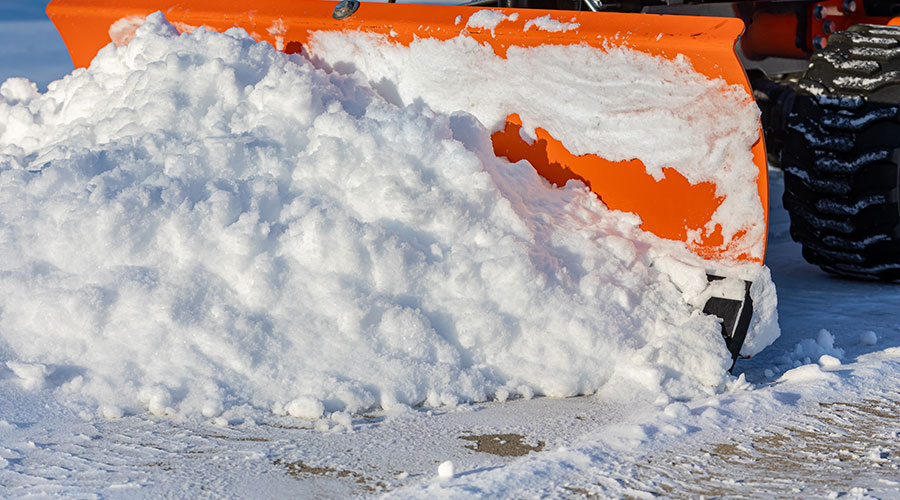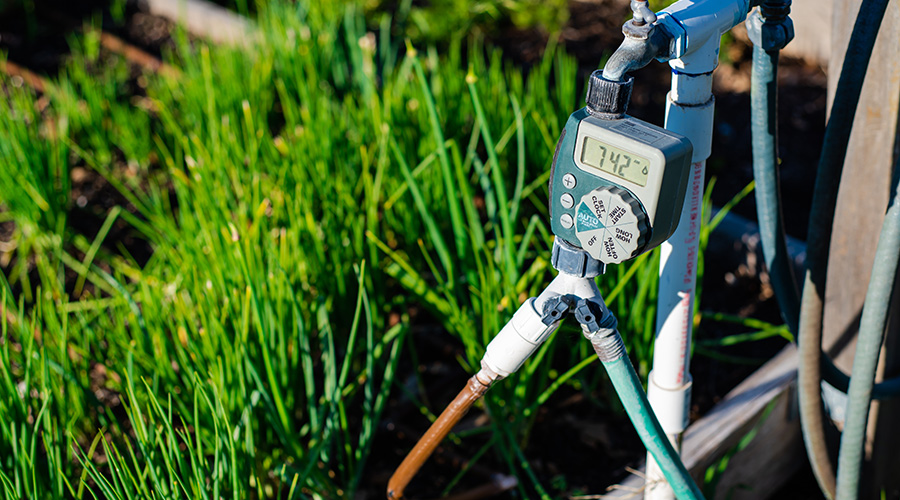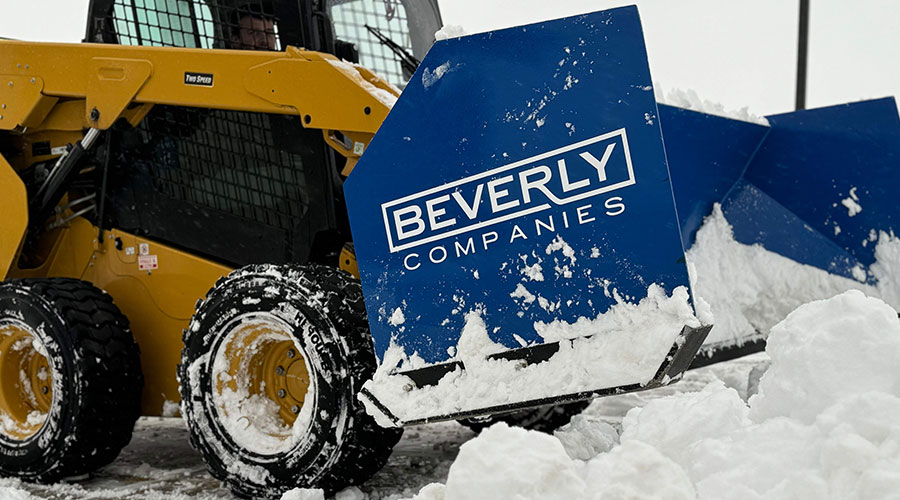Cutting-Edge Mower Selection
Finding the �right� mowing equipment means taking a thorough look at equipment options and operator preferences
Choosing the right mowers and tractors is the first step toward increasing efficiency. Equipment maintenance also is essential, but research and discussion during the specification phase can guide managers toward equipment that is reliable and matches a department’s skill levels and performance needs.
The selection process involves developing a comprehensive strategy that takes all of these issues into consideration.
Purchasing Considerations
Before making purchasing decisions regarding mowing equipment, grounds care managers must consider these issues in developing a strategy:
- Ask mowing-equipment operators about their equipment preferences, including specific features that would make their jobs easier and make them more productive.
- Ensure that operators test-drive each piece of equipment before purchase. Test the equipment on site to a get a better sense of how it reacts under specific conditions.
- Review the size and terrain of areas that will be mowed, taking into account any landscaping and site features that affect mowing. Choose a complement of mower sizes that will most efficiently get the job done. Newer, smaller mowers might actually produce a better quality cut more quickly than larger units, making the entire job less time-consuming. They also might be more maneuverable around landscaping and trees, as well as easier to move between sites. Using a smaller but faster mower also might eliminate the need for multiple pieces of equipment.
- Determine operators’ needs for transporting equipment. Does the mower or tractor in question fit on a trailer with other equipment? Will the department need a new trailer or new truck to pull the trailer and mower?
- Consider operations the mower could perform in the off-season. Are attachments available that could make the machine more useful year-round?
- Compare ride-on versus walk-behind mowers. Each type of mower has its advantages and disadvantages. Price is a substantial difference, but if all other factors are equal — if a rider will produce desired quality — most employees who mow every day prefer a riding unit. When comparing cost, managers should remember to figure in the cost of the employee. If the employee must walk behind a mower every day, it might be tough to keep that employee happy and productive over long mowing season and from year to year.
- Mower manufacturers are very competitive, so compare various brands for quality and features. Each year, they all try to outdo each other with technology, and as a result, managers have a variety of mowers to choose from. Check out all makes and models before making a selection. In some cases, it can be more efficient for a department to use all of the same brand equipment. But if a particular brand or model offers a unique and desirable feature, then it might be worth switching brands.
- Because of this increased competition among manufacturers, managers might be able to take advantages of incentives and financing available for some brands or models.
- Check out a mower’s ease of service. A mechanic should inspect equipment for maintainability. If a mower is easy to maintain, it is more likely to receive the care necessary to keep it in good working condition for years to come.
- Find a full-service dealer in area so repair services are convenient and parts are readily available. Check dealer references to find out about quality and speed of service. Find out how quickly a broken mower could be fixed during hectic spring months, and ask if loaners or rentals are available.
Training Matters
One final issue that managers should address both during the selection process and once equipment is in operation is operator training. Managers need to discuss training options with the manufacturer and the dealer and make the most appropriate decision based on operator and mechanic needs and skill levels.
Whether an operator is new to the job or an experienced veteran, he or she should receive training about proper operating procedures at the beginning of each mowing season. The training should cover safety issues, as well as any required maintenance activities for which the operator is responsible.
Preseason planning can result in increased efficiency and cost savings. Equipment is in top condition, a plan for keeping it that way is in place, procedures for streamlining routing and unexpected maintenance are set, and operators are trained and ready to go.
Tuning Up the Process
The required complement to an comprehensive strategy for selecting mowers is a close look at equipment features and functions. Managers and their mechanics and operators should review these areas:
Blades. Cutting blades make a tremendous difference in the quality and efficiency of a cut, and most mower manufacturers continually work to improve cutting blade design. The objective of the mulching blade is to cut grass blades into smaller pieces that decompose rapidly. They eliminate the need to bag and haul away grass clippings. Also, smaller clippings are less likely to create unsightly windrows.
Ergonomics. Departments must do more work with fewer people. So workers must perform repetitive tasks for up to eight hours a day, five days a week. As a result, ergonomic design has become a higher priority. Today’s ride-on equipment has more comfortable seating and back support than previous models. Manufacturers have improved mowers’ shock absorption with independent suspension and vibration control to make equipment use less fatiguing.
Power. Not long ago, mowing equipment power did not exceed 18-20 horsepower (hp). But today, mowers offer up to 65 hp, with many models in the range of 25-30 hp. More power means higher blade-tip speed, which enables mower operators to produce a better quality cut more quickly.
Fuel efficiency. Manufacturers have made advances to reduce emissions and noise. Federal, state and local regulations have largely driven these efforts to produce mowers that pollute less and are more community friendly. For example, some communities have ordinances that ban running machinery during certain hours of the day. Fuel efficiency also is constantly improving.
Maintenance. Manufacturers have improved mower maintainability and durability. A few new features include improved air filters, built-in jacks for raising mower decks when changing blades, easier-to-read temperature gauges, and cutting decks that use blade spindles without grease fittings on the bearings. They are simply replaced instead of continuously maintained, but replacement is infrequent. Some mowers require fewer tools to service, and in some cases, one tool does it all.
|
Related Topics:











